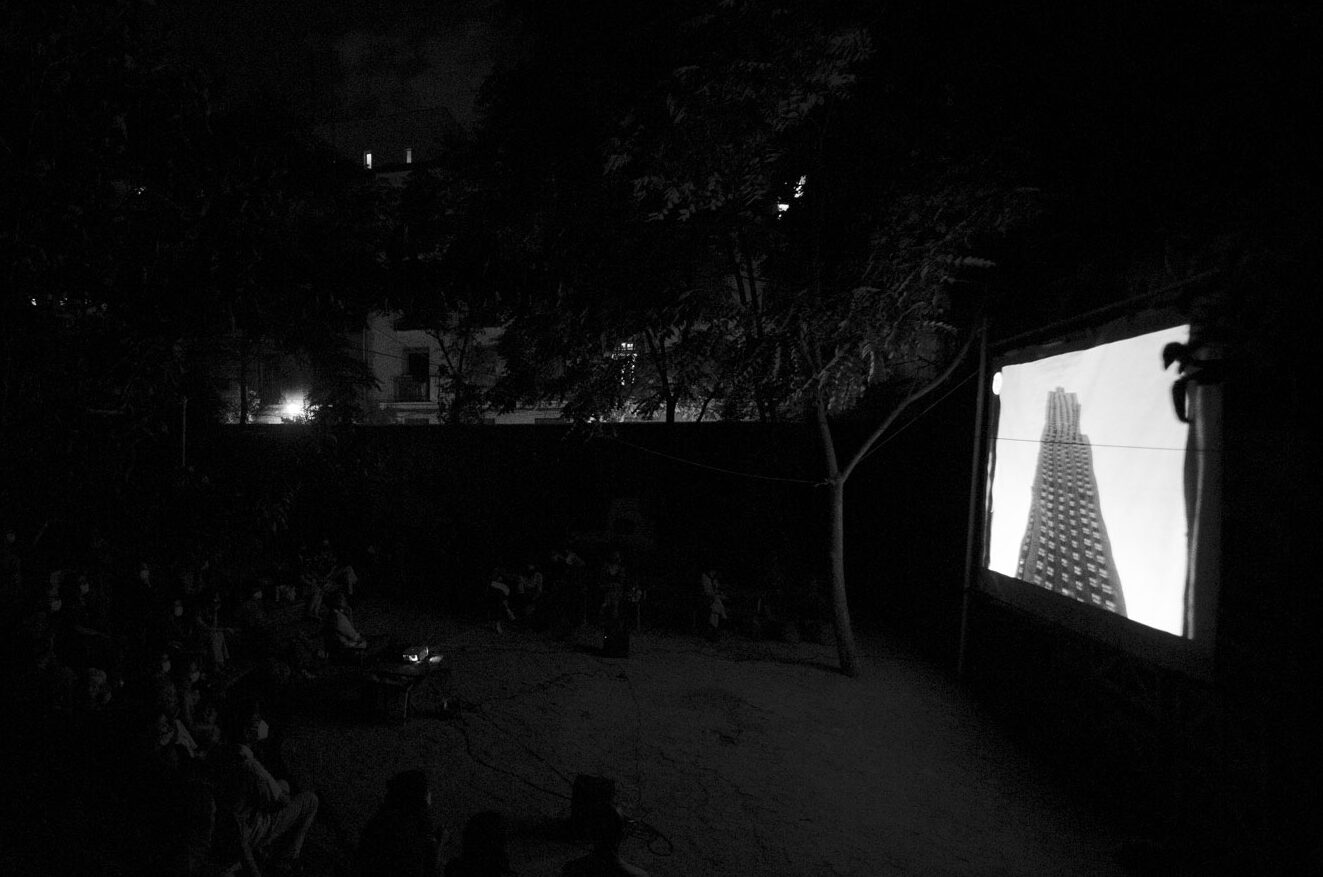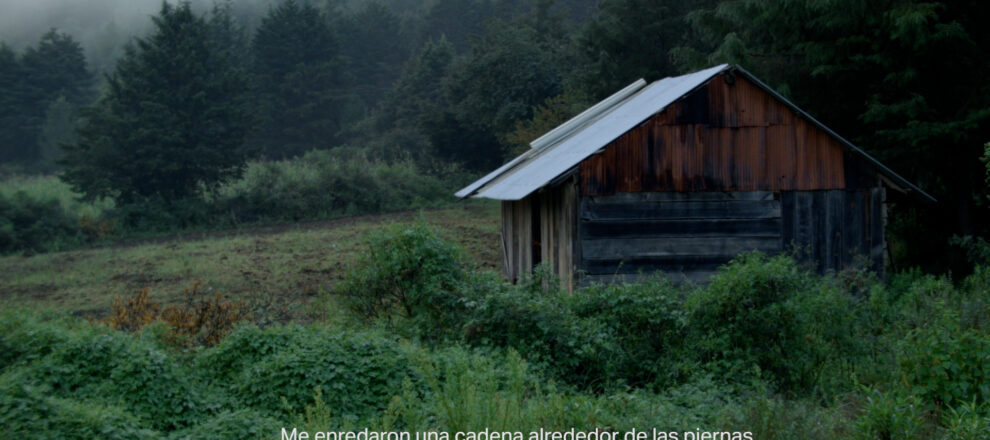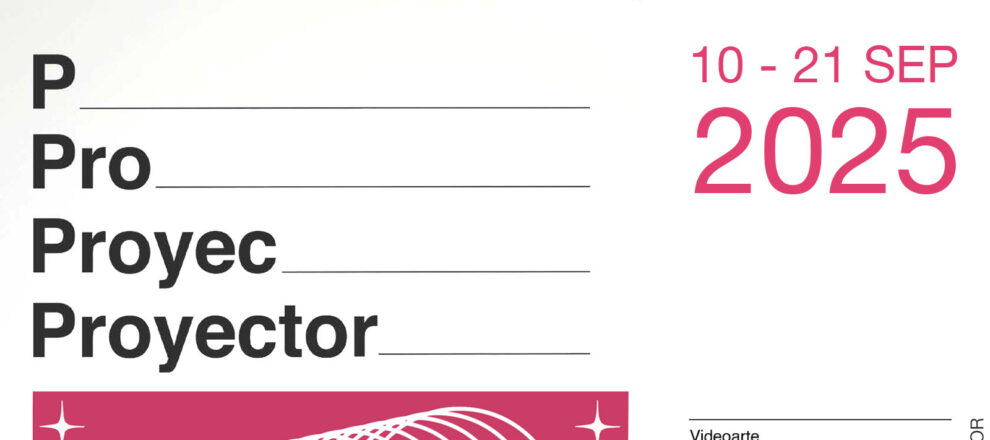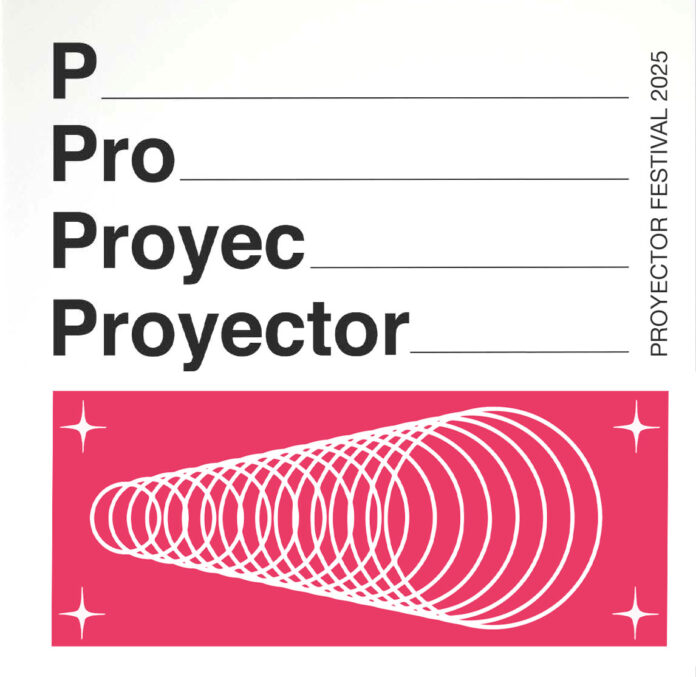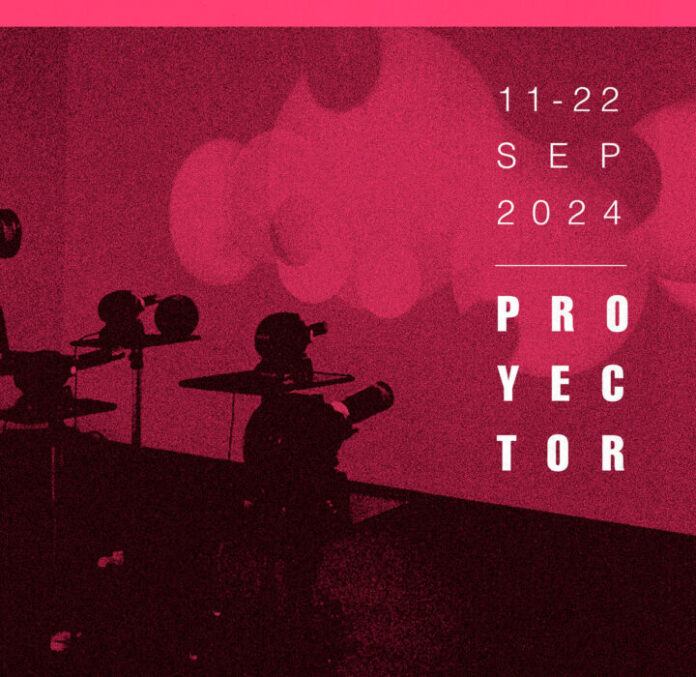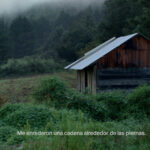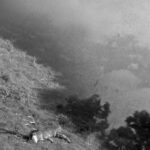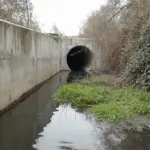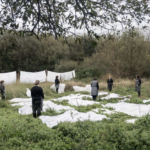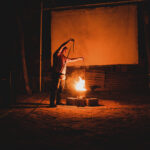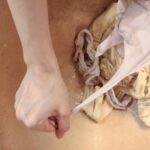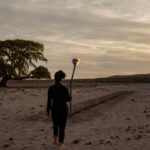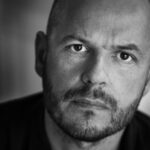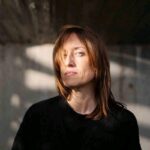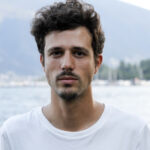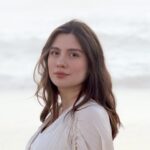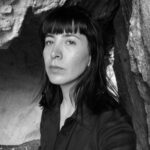This exhibition brings together three works that, from different geographies, techniques, and sensibilities, explore the traces left by invisible forms of violence—social, political, and ecological—on the landscape. Far from representing the territory as a neutral setting, these pieces understand it as a traversed body, charged with history, trauma, and resistance.
In Víctor Arroyo’s Disappearance in Three Acts: First Act, the Mexican rural landscape becomes a silent witness to a violent occupation. Through a perspective that dialogues with European pictorial Romanticism, layers of history, pain, and power are superimposed, revealing that forced disappearance and territorial control also operate aesthetically, in what may or may not be shown. In this first act, mourning materializes in images that are simultaneously beautiful and brutal, inscribed in a heartbreaking testimony that guides the viewer toward the almost undetectable: the transformation of the territory into a space of mourning and silence.
Intruders by Jan Locus proposes another form of occupation: the symbolic and environmental colonization of the natural environment. Using archival footage of alleged UFO sightings—now stripped of their mysterious object—Locus offers landscapes where the fantastic, the animal, and the absent converge in a disturbing atmosphere. The unexplained death of animals here becomes an echo of ecological violence, where human intrusion is disguised as myth to hide real deterioration.
Meanwhile, Emma A. Marty’s Action for a Polluted River straddles the threshold between the performative and the documentary, denouncing the silent pollution of the Aulencia River in Spain. Through body and clay, Marty traces a repetitive and dense choreography on concrete, making visible what usually flows unnoticed: the waste of an extractive system seeping into natural channels. Here, the gesture is resistance, and the intervened landscape becomes a living archive of a sustained environmental crisis.
Together, these works map what is typically left out of the frame: structural violence, environmental devastation, and the persistent forms of oblivion. A geography of the invisible, where every image, every gesture, and every silence reveal what persists when it can no longer be seen.
Text by Rebeca M. Urízar

